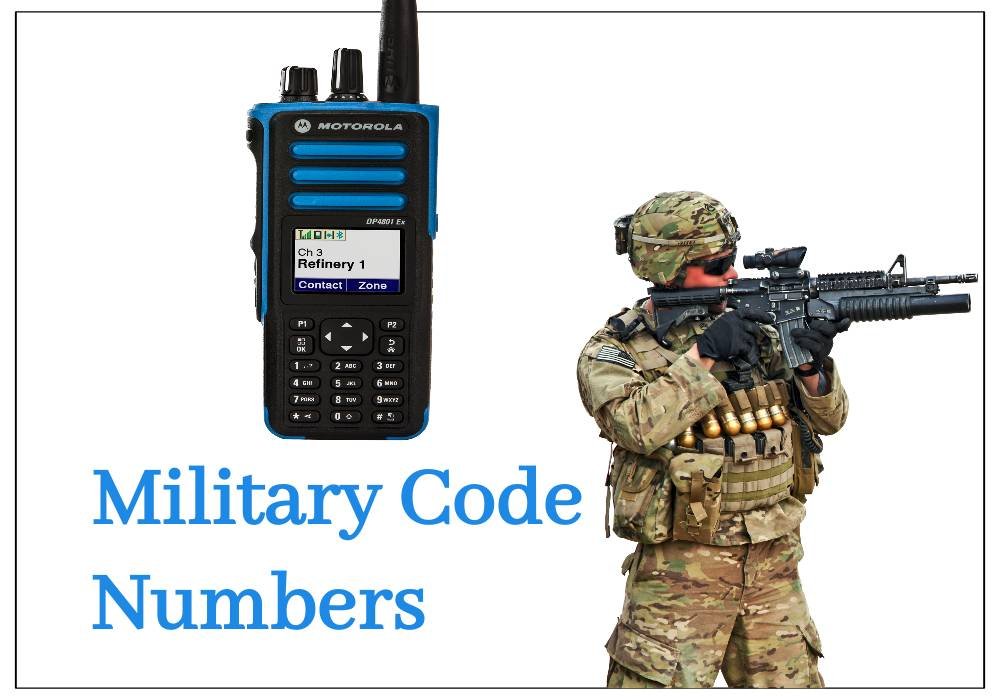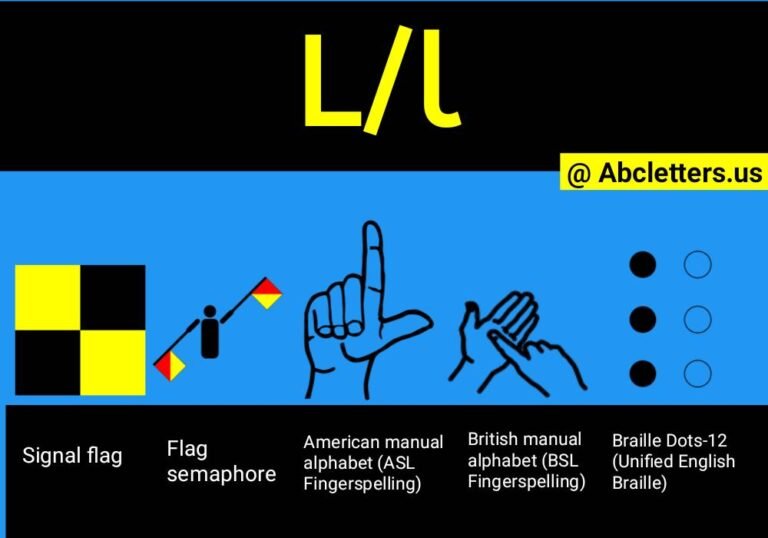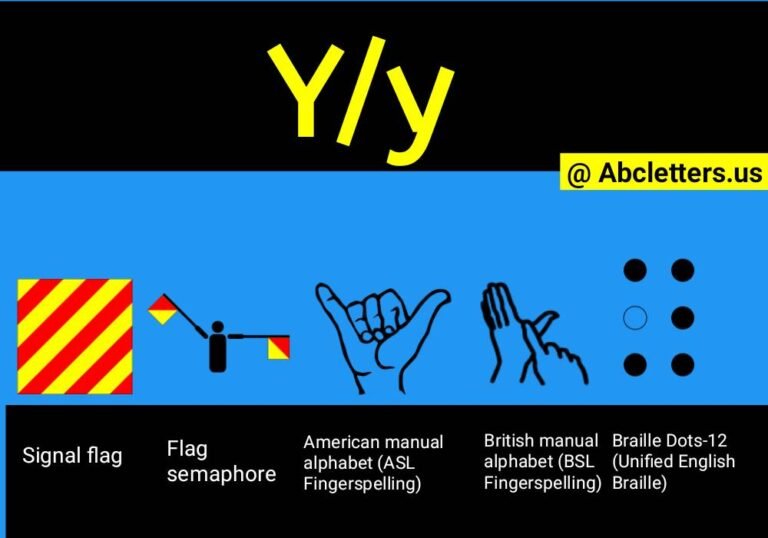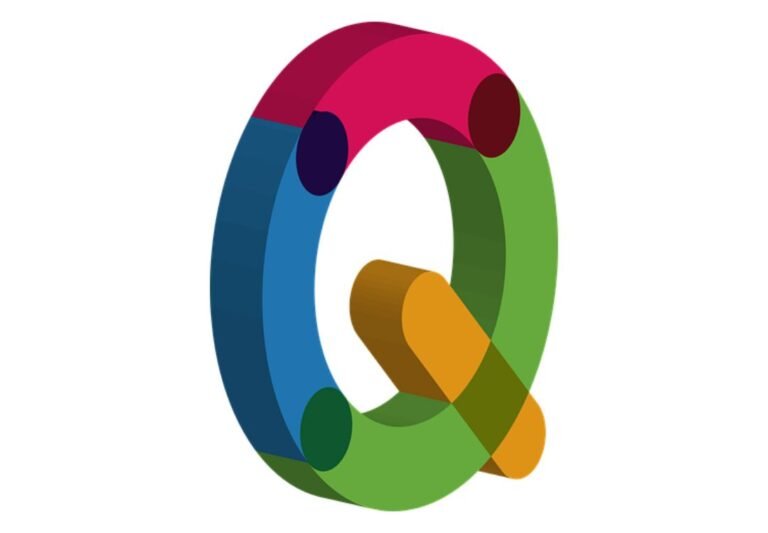Military Code Numbers and Meanings
Military code numbers are integral to the communication process for military personnel and civilians.
These numbers have various meanings and functions, confusing those who need to become more familiar with them.
Code numbers provide a means of quickly conveying important information efficiently and preserving operational security.
This article will offer an overview of standard military code numbers and their meanings, enabling readers to understand better how they are utilized.
Walkie-talkies have been used by the military and emergency personnel for decades, allowing teams to communicate quickly and efficiently.
The “10 Codes” were developed to standardize these communications and make them more efficient. These codes are still used today and consist of a two-digit number broadcasted over the radio.
Each code has its meaning, helping users get their message across in just a few words.
The most common 10 Code used by military and public safety personnel is “10-4”, which means “Acknowledgement.” Other popular codes include 10-1 (poor reception), 10-2 (Receiving Well), 10-20 (location), and 10-26 (Holding Subject, Rush Reply).
99 Military Code Numbers & Meanings
10-1→ Receiving Poorly
10-2 → Receiving Well
10-3 → Stand By
10-4 → Acknowledgement
10-5 → Relay
10-6 → Busy, Unless Urgent
10-7 → Out Of Service
1 0-8 → In Service
10-9 → Repeat
10-10 → Out Of Service – Subject To Call
10-11 → Stay In Service
10-12 → Visitors Or Officials Present
10-13 → Weather Or Road Conditions
10-14 → Convoy Or Escort
10-15 → Prisoner In Custody
10-16 → Pick Up Prisoner Or Papers
10-17 → We Have Nothing / Is the Unit Ok?
10-18 → Do You Have Anything For Me/us?
10-19 → Return To The Station
10-20 → Location
10-21 → Call ___ By Phone
10-22 → Disregard
10-23 → Arrived On The Scene
10-24 → Assignment Completed
10-25 → Do You Have Contact With ___?
10-26 → Holding Subject, Rush Reply
10-27 → Driver’s License Info
10-28 → Vehicle Registration Info
10-29 → Check For Wanted Or Stolen
10-30 → Does Not Conform To Regulations
10-31 → Emergency – All Cars 10-11
10-32 → Chase – All Cars Stand By
10-33 → Emergency
10-34 → Trouble At ___, All Units Respond
10-35 → Major Crime – Blockade
10-36 → No Further Assistance Needed
10-37 → No Rush
10-38 → Urgent (Lights Only)
10-39 → Emergency (Lights And Siren)
10-40 → Fatality
10-41 → Wrecker Needed
10-42 → Officer ___ Now At Home
10-43 → Meet ___ At ___
10-44 → Investigating Suspicious Vehicle
10-45 → Investigating Occupants Of Vehicle
10-46 → Drunken Driver
10-47 → Property Damage Accident
10-48 → Personal Injury Accident
10-49 → Ambulance Needed At ___
10-50 → Message For Delivery By Phone
10-51 → Any Answer Our Number?
10-52 → Item Number For Assignment
10-53 → Unable To Copy Phone
10-54 → Stand By For Twx Traffic
10-55 → Permission To Call Mobile Unit
10-56 → What Is Next Message Number?
10-57 → Repeat Dispatch
10-58 → Have You Dispatched ___?
10-59 → Need Radio Service
10-60 → Tower Lights At ___ Burned Out
10-61 → Personnel In Area
10-62 → Reply To Message
10-63 → Send Police – Emergency
10-64 → End Of Net Message
10-65 → Clear For Item
10-66 → Message Cancellation
10-67 → Clear For Net Message (Apb)
10-68 → Give Me A Test
10-69 → Test With No Modulation
10-70 → Test Intermittently
10-71 → Test Continuously With Tone
10-72 → Advise Signal Strength
10-73 → Advise Audio Quality
10-74 → Audio Quality Is Good
10-75 → Stand By, You Are Interfering
10-76 → Signal Choppy
10-77 → No Contact
10-78 → Your Quality Poor
10-79 → Switch To Alternate Channel
10-80 → Pick Up Your Partner
10-81 → Meet Victim Or Complainant
10-82 → Stopping Suspicious Vehicle
10-83 → Road Blocked At ___
10-84 → Personnel In Area
10-85 → Fire Alarm At ___
10-86 → Time Check
10-87 → Pick Up Or Distribute Checks
10-88 → Advice Phone Number For ___
10-89 → Caution
10-90 → Crime In Progress
10-91 → Break-in In Progress
10-92 → Armed Robbery In Progress
10-93 → Alarm Sounding
10-94 → Bomb Threat
10-95 → Fight
10-96 → Prowler Report
10-97 → Domestic Problem
10-98 → Riot Or Mass Disturbance
10-99 → Jailbreak.
What Do the Military’s Secret Numbers Mean
The military has long used secret numbers for a variety of purposes. But what do these mysterious figures mean?
In the military, secret numbers identify personnel, equipment, and facilities. They are also used to ensure security and confidentiality when communicating orders or transmitting sensitive information.
The most common type of secret number is an alphanumeric code that serves as an individual’s identification number.
Other examples include access codes for restricted areas and encryption codes to protect data transmissions.
Secret numbers are essential in protecting our nation’s security and helping the armed forces stay organized and efficient.
By understanding how these codes are used, we can better appreciate the lengths taken by our government to keep us safe from external threats.
The Surprising Meaning Behind US Military Number Systems
The United States military has its numbering system for identifying armed forces members. But did you know there’s a surprising meaning behind them?
Each number is composed of multiple parts representing different characteristics and roles of those serving.
For example, numbers beginning with “1” are generally reserved for officers, while two-digit numbers starting with “9” often indicate enlisted personnel.
Knowing what each part of the number stands for can help us better understand the US military structure and hierarchy.
These numbers also provide clues about a service member’s experience level, rank, or special qualifications.
With so many combinations possible, it becomes easier to identify each person’s specific position within their respective branch or unit without looking up their particular name or title.
Decoding Danger: Unveiling Military Code Words
In the realm of military operations, effective communication is paramount. However, the need for secrecy and security often leads to the use of code words and phrases to convey critical information without revealing sensitive details. Among these encrypted terminologies, “danger” holds a prominent place. This article delves into the world of military code words for danger, shedding light on their significance and usage.
The Need for Code Words: Military operations demand precision, swift decision-making, and utmost confidentiality. In scenarios where verbal communication might be intercepted or misunderstood, employing code words becomes indispensable. Code words are designed to be easily distinguishable from everyday language and carry specific meanings that are well-known among military personnel.
The Significance of “Danger” Codes: “Danger” code words swiftly alert personnel of imminent threats, hazards, or situations requiring immediate attention. These words are strategically chosen to convey urgency without explicitly revealing the nature of the threat. By using such code words, military units can efficiently communicate in high-stress situations, ensuring the safety of both personnel and operations.
Examples of “Danger” Code Words:
1. Condition Red: This code signifies the highest threat level. It alerts personnel to an imminent danger that requires immediate action. It might include scenarios such as an incoming enemy attack or a breach in security.
2. Blackout: When this code word is used, it indicates the need to cease all communication and activities immediately. It might suggest that an enemy is nearby or that there’s a need to minimize electronic signals to avoid detection.
3. Mayday: Though commonly associated with distress signals in aviation, “mayday” can also be used as a code word to indicate a life-threatening situation on the ground. A universal cry for help can prompt a rapid and coordinated response.
4. Snake Eyes: This code word often refers to a dangerous person or entity nearby. It can warn of potential threats without explicitly revealing their identity.
5. Broken Arrow: This code signifies a nuclear weapon’s accidental release, loss, theft, or accidental detonation. It’s a rare but immensely critical code word that triggers a highly controlled response.
Effective communication is a linchpin for success in the complex world of military operations. Code words, particularly those indicating danger, play a pivotal role in conveying critical information swiftly while maintaining the confidentiality required for the safety of operations. These coded terminologies stand as a testament to the intricate and calculated nature of military strategy, illustrating how even the selection of a single word can carry profound implications for the success or failure of a mission.
Conclusion Points
The walkie-talkie ten codes are used primarily by the military and law enforcement agencies to communicate efficiently and effectively in the field.
This system of code numbers was developed over time to reduce the amount of time spent speaking on radios, allowing for quick but meaningful communication.
These codes are assigned specific meanings that can be sent quickly. For instance, “10-4” means “Acknowledgement” or “okay,” while “10-20” is a request for an officer’s location. There are other codes such as “10-8,” which means “in service,” and “10-12,” which means “Visitors Or Officials Present”.
With this type of communication, officers can easily exchange important information without worrying about how long it takes to speak it out loud.
FAQs+
If cracking codes is your thing, then these FAQs are a must-read. Don’t blame us if you start speaking in code to your friends and family!
Question – Why does 10-4 mean okay?
Answer: Military code 10-4 is like a secret language that soldiers use to talk to each other. It’s like when you and your friends have a unique way of speaking that only you understand. When a soldier says “10-4,” it means they heard what the other person said, and everything is okay.
Question – What does 10-4 mean in the military?
Answer: In the military, everyone needs to understand each other quickly and clearly. Using codes helps them do this. Code 10-4 is a quick way to let someone know you received their message and are ready to act on it. It’s like saying, “Got it, prepared to go!
Question – What’s a 10-50 in the police code?
Answer: When delivering a message by phone using a 10-50 code, it is essential to provide clear and concise instructions so that all personnel understand what needs to be done and how to respond.
Question – What is a 10-53 military code?
Answer: A 10-53 military code is a radio code that indicates an officer needs assistance. It is typically used when an officer is in danger or needs backup. The code is often used when an officer feels threatened or cannot copy a phone call.
Question – What is your location’s military code?
Answer: My location’s military code is 10-20. This code is used to identify the area I live in for military purposes. It also tracks the movement of personnel and equipment within the region.
Question – What is a 10-3 military code?
Answer: A 10-3 military code is a standard radio code used by armed forces members. It is typically used to indicate that the sender is standing by and ready to receive orders or instructions.
Question – What is a 10-62 military code?
Answer: The 10-62 military code is a vital communication tool in the United States military. This code is used to signify that a message has been received and understood. When a commanding officer gets a message, they will reply with “10-62” to confirm receipt.






